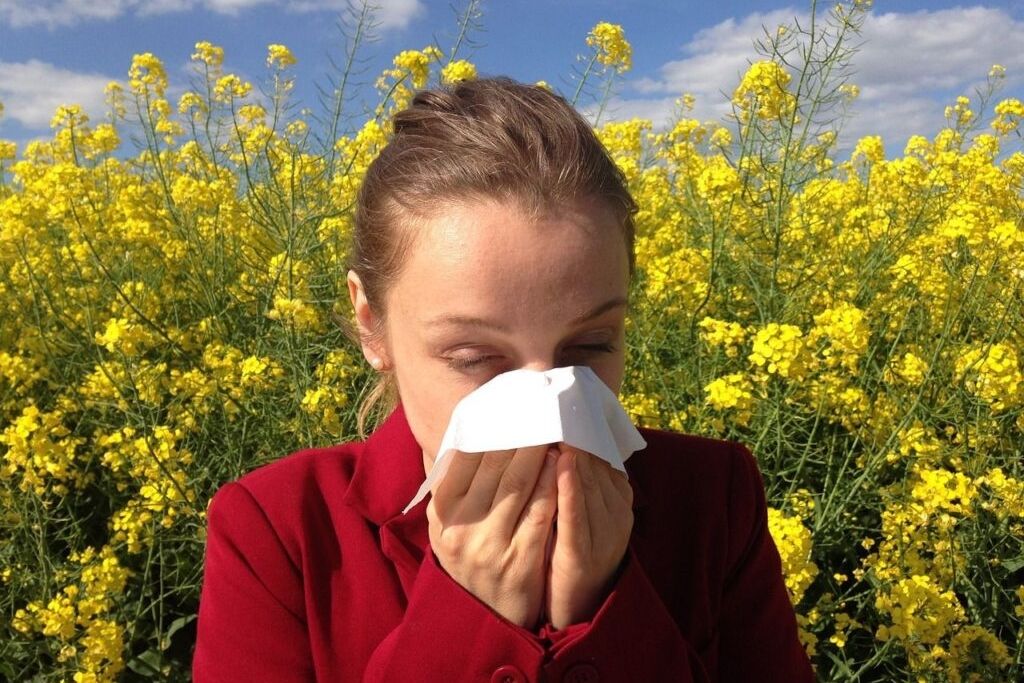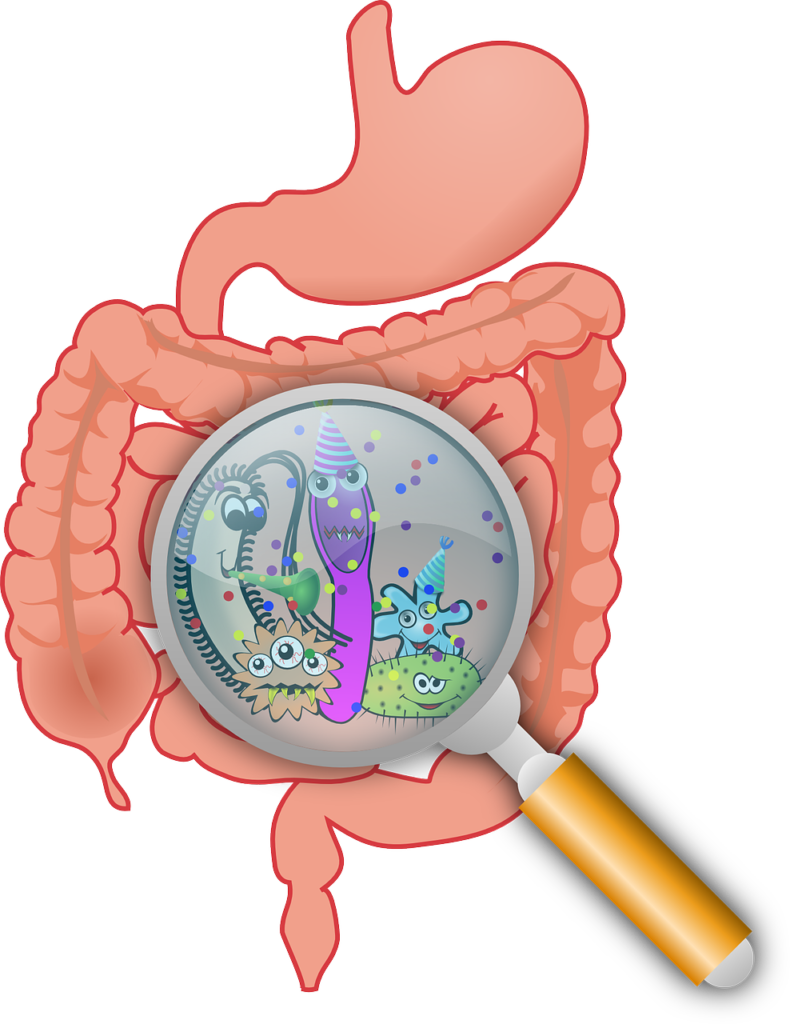Athimadhuram, scientifically known as Glycyrrhiza glabra, is a revered herb in traditional medicine systems such as Siddha and Ayurveda. Commonly referred to as licorice, this herb has been valued for centuries due to its wide range of therapeutic benefits.
In Chinese medicine, the sweet herb known as Glycyrrhiza glabra, meaning “sweet root” (GLYKYS = SWEET + RHIZA = ROOT), is used as a non-bitter remedy for pitta and kapha disorders. In Siddha medicine, the root of this sweet herb is employed in various ways to treat different ailments.
Generally, in Siddha medicine, sweet-tasting substances are considered to possess the qualities of earth and water, implying that they have kapha properties.
Glycyrrhiza glabra is used in confectioneries due to its sweetness. It is also used to prepare sweets without adding extra calories, and in European countries, it is used in chocolate shops.
In Siddha medicine, when preparing a bitter decoction known as “aadaathodai,” Glycyrrhiza glabra is added to mask the bitterness and make the medicine more palatable for children, thereby preventing them from rejecting the medication.
The sweetness of Glycyrrhiza glabra lingers in the mouth and throat for a long time, increasing saliva secretion and improving oral health.
Botanical Description
Athimadhuram is a perennial plant characterized by its woody stems and pinnate leaves. It produces small, violet to blue flowers, and its roots are the primary part used for medicinal purposes. The herb thrives in temperate regions and is cultivated widely in various parts of the world.
Phytochemical Constituents
Glycyrrhiza glabra contains compounds such as glycyrrhizin, asparagine, sugars, starch, resins, pectin, mucilage, calcium, magnesium salts, and tannins.
The dried and powdered root contains glycyrrhetinic acid, which is the active principle in Glycyrrhiza glabra.
Glycyrrhizin is the main ingredient in the drug Carbenoxolone Sodium. Modern research has identified its anti-ulcer activity, showing that it accelerates the healing of stomach and intestinal ulcers.
The drug also has a chemical structure similar to steroids, particularly mineralocorticoids.
Research suggests that Glycyrrhiza glabra can enhance cell health and control the potency of certain viruses. It is also being studied for its potential use in treating inflammatory diseases.
Pharmacology
- The excess bile is believed to cause ulcers in the stomach and intestines. Acidic foods with pitta qualities can lead to ulcers. In such conditions, the sweet and kapha-like properties of Glycyrrhiza glabra help to neutralize the excess bile and heal the ulcers. In modern medicine, Glycyrrhiza glabra’s glycyrrhizin acid is used, while its other components are separated and utilized as Deglycerinated Liquorice (DGL).
- Mucosal Barrier: Glycyrrhiza glabra alters the composition of mucus and enhances the mucosal barrier against acid diffusion, thereby protecting the stomach and intestines from damage due to excess acid.
- Enzyme Inhibition: It inhibits enzymes that deactivate prostaglandins, which are crucial for protecting the stomach lining from acid.
- Pepsinogen Suppression: Glycyrrhiza glabra helps in healing stomach ulcers by reducing the activation of pepsinogen.
- Blood Pressure Regulation: Historically, Glycyrrhiza glabra has been used in European countries to treat high blood pressure. Research conducted in the 1960s found that it helps in regulating blood pressure by balancing cardiac function. Siddha medicine also suggests that the sweet and kapha-like nature of Glycyrrhiza glabra can reduce hypertension due to its pitta-balancing properties.
- Antiviral Activity: Glycyrrhiza glabra may also have a role in combating the COVID-19 virus. The virus causing SARS in 2002 is similar to COVID-19, and Glycyrrhiza glabra has shown properties that may be effective against such viruses.
Siddha literature view
கத்தியரி முப்பிணியால் வருபுண் தாகங் கண்ணோயுன் மாதம்விக்கல் வலிவெண் குட்டம்
பித்தமெலும் புருக்கிச் சரமா வர்த்த பித்தமத மூர்ச்சைவிட பாகம் வெப்பந் தத்திவரு வாதசோ ணித்ங்கா மாலை சருவவிடங் காமியநோய் தாது நட்டங் குத்திரும லாசியங்க மிதழ்நோ யிந்து குயப்புணும்போ மதூக மெனக கூருங்
காலே .
-பதார்த்த குண விளக்கம்.
Due to the excessive sweetness, ailments caused by weapons include bad breath, eye disease, sores, leucoderma, madness, bone fractures, skin disease, epilepsy, poisons, cholera, cough, ulcers, and abscesses can be cured.






Usage Methods:
- Crush the excessive sweetness into powder and consume 2-4 grams mixed with honey. Ailments cured: cough, throat irritation, thirst, nerve-related diseases, and underlying illnesses.
- Mix excessive sweetness powder with fennel powder and drink it in milk before bedtime to cure digestive disorders and reduce heat in the body.
- Excessive bile or phlegm can cause throat irritation, hoarseness, and dry cough. In such cases, keeping a small piece of excessive sweetness in the mouth helps combat pathogens in the throat. This is a well-established traditional medical practice.
- For stomach ulcers :Mix the same weight of excessive sweetness with sandalwood, crush it into powder, and take it twice daily. This will help cure stomach ulcers
- Athimadhuram milk preparation Crush the excessive sweetness into pieces and soak it in water for 4 to 6 hours. After that, grind it to extract juice equivalent to one tumbler. Boil this juice in a pan until it thickens. Once it starts to boil, add equal parts of coconut milk, and then add dried ginger and palm jaggery to prepare the excessive sweetness milk. Let this milk cool down, and drinking it can significantly reduce stomach ulcers, as per traditional medicine.
Usage and Dosage
Athimadhuram can be consumed in various forms, including powders, extracts, teas, and syrups. Typical dosages vary depending on the form and the condition being treated. It is essential to follow traditional guidelines or consult a healthcare professional to determine the appropriate dosage.
Precautions and Side Effects
While Athimadhuram is generally considered safe, excessive use can lead to potential side effects, such as elevated blood pressure or electrolyte imbalances.
Siddha Formulations Containing Glycyrrhiza Glabra
Glycyrrhiza glabra is often combined with other herbs to enhance its therapeutic effects. It is a common ingredient in Siddha formulations like:
Churnams (powders): Used for internal administration.
Lehyams (confections): Used for both internal and external applications.
Kashayams (decoctions): Used for oral administration.
NOTE: It’s important to note that this information is for general knowledge purposes only and should not be considered as medical advice. Always consult with a qualified Siddha practitioner for any health concerns or before using Glycyrrhiza glabra or any other herbal remedy.


Dr. Augastina B.S.M.S., PGDY, is a passionate Siddha Doctor with a heart of gold. She believes in healing one step at a time. In her writing, you’ll find not just knowledge, but genuine care and a holistic approach to health and well-being.

